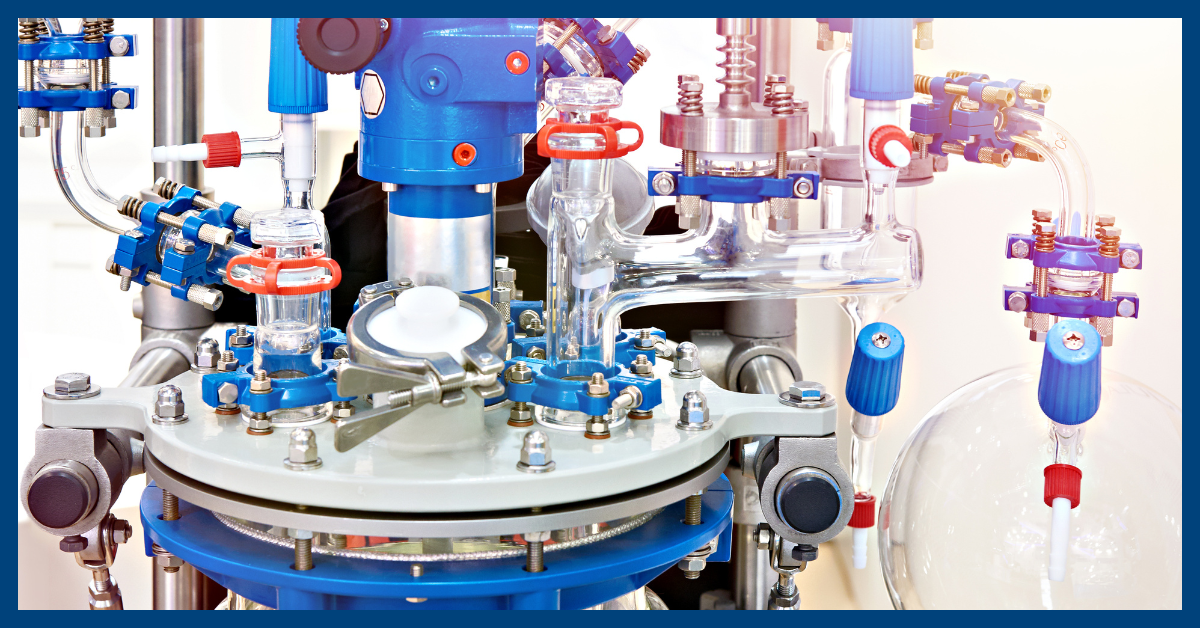The Exciting, Yet Uncertain Outlook for SMRs and Advanced Nuclear in 2023

As we enter 2023, the outlook for SMRs (small modular reactors) and advanced nuclear reactors is both exciting and uncertain. While these technologies hold great potential for providing clean, reliable energy, there are still many challenges that need to be overcome before they can be widely deployed.
Costs:
One of the main challenges facing SMRs and advanced nuclear reactors is cost. These technologies are still in the early stages of development and are not yet competitive with other sources of electricity, such as natural gas or renewable energy. To become more competitive, they will need to find ways to reduce the cost of construction, operation, and maintenance.
Policy:
Another challenge is regulatory and policy uncertainty. For these technologies to be deployed at scale, they will need supportive policies and regulations. However, the regulatory landscape for nuclear energy is complex and can vary significantly from one country to another. This creates uncertainty and makes it difficult for companies to plan and invest in these technologies.
Looking Ahead:
Despite these challenges, there are many reasons to be optimistic about the outlook of SMRs and advanced nuclear reactors. There is growing recognition that these technologies can play an important role in helping to meet the world’s growing energy demand and reduce greenhouse gas emissions. There is also a growing consensus that nuclear energy will need to be part of the mix if we are to achieve the goals of the Paris Agreement and avoid the worst impacts of climate change.
As we move into 2023 and beyond, we can expect to see continued progress in the development and deployment of SMRs and advanced nuclear reactors. While it is difficult to predict exactly how quickly these technologies will be adopted, it is clear that they will be an important part of the energy mix in the coming decades.
BONUS SMR Tidbits
I have put together seven cool facts about SMRs (at least I think so!):
- One 300-Megawatt Small Modular Reactor unit could generate enough electricity to power approximately 230,000 homes a year. Here is a comparison to other ‘renewable’ energy sources:
- Wind – According to the US Energy Information Administration, one wind turbine creates enough electricity to power 940 average US homes. That means that you would need approximately 245 wind turbines per 300-Megawatt small modular reactor.
- Solar – It takes on average 15 solar panels to fully power one home for a year, which results in 3,450,000 solar panels to equal one 300-Megawatt small modular reactor.
- CO2 emissions – According to the US Energy Information Administration, in 2021 CO2 emissions from electricity generation equaled about 0.855 pounds of CO2 per kWh generated. So, theoretically, one 300-Megawatt small modular reactor can reduce CO2 emissions by 256,500,000 pounds.
- While there are dozens of modular reactor designs and yet unfinished demonstration projects, the floating nuclear power plant Akademik Lomonosov (operating in Pevek in Russia’s Far East) is, as of October 2022, the first and only operating floating SMR prototype in the world.
- There are about 50 SMR designs and concepts globally.
- On December 20, 1951, Experimental Breeder Reactor-I (EBR-I) became the first power plant to produce usable electricity through atomic fission in the deserts of Idaho. It powered four 200-watt lightbulbs and eventually generated enough electricity to light the entire facility. This was the world’s first microreactor.
- The first SMR to gain NRC approval in the US is a reactor designed by Oregon-based energy company NuScale Power. The design consists of a 76-foot-tall, 15-foot-wide cylindrical containment vessel that houses the reactor. Water is passed over a series of uranium fuel rods that generate heat through fission reactions. The heated water then rises towards steam generators, which use the heat from the water to produce superheated steam. This is then used to drive a turbine that generates electricity. Each module is designed to generate 50 megawatts of energy, but the company plans to combine up to 12 SMRs to achieve similar outputs to conventional nuclear plants.
- China is now home to the world’s first operating small modular nuclear reactor. The Huaneng Group Co.’s 200-megawatt unit 1 reactor at Shidao Bay provides power to the grid in Shandong province. The plant uses helium instead of water to produce power. Its fourth-generation reactor shuts down passively in case of any problem.
- The World Nuclear Association states that about 30 countries are considering, planning, or starting nuclear power programs, and a further 20 or so countries have at some point expressed an interest. Not all of these will be SMRs, but they will definitely be in the mix:
-
- In Europe: Albania, Serbia, Croatia, Portugal, Norway, Poland, Estonia, Latvia, Lithuania, Ireland, and Turkey.
- In the Middle East and North Africa: Gulf states including Saudi Arabia, Qatar, Kuwait, and Iraq; Yemen, Israel, Syria, Jordan, Egypt, Tunisia, Libya, Algeria, Morocco, and Sudan.
- In west, central and southern Africa: Nigeria, Ghana, Senegal, Kenya, Uganda, Tanzania, Zambia, Namibia, Rwanda, and Ethiopia.
- In Central and South America: Cuba, Chile, Ecuador, Venezuela, Bolivia, Peru, and Paraguay.
- In central and southern Asia: Azerbaijan, Georgia, Kazakhstan, Mongolia, Bangladesh, Sri Lanka, and Uzbekistan.
- In SE Asia and Oceania: Indonesia, Philippines, Vietnam, Thailand, Laos, Cambodia, Malaysia, Singapore, Myanmar, and Australia.
- In east Asia: North Korea.
-
Wow, what a time to be involved with nuclear power! I am excited about the outlook of SMRs and Advanced Nuclear for the year ahead. Feel free to post your fun facts about small modular or advanced reactors in response to this article. I am sure I missed a few!




Rick Hons
January 18, 2023Great article!! Thanks Mike!
Daniel A Cifonelli
March 17, 2023Great stuff, indeed! The first commercial contract for a grid-scale SMR in North America was signed January 27, 2023—GE Hitachi Nuclear Energy (GEH), Ontario Power Generation (OPG), SNC-Lavalin and Aecon have a contract for the deployment of a BWRX-300 small modular reactor (SMR) at OPG’s Darlington New Nuclear Project site. The SMR could be completed as soon as 2028. TVA has an agreement with GEH for a BWRX-300 on its Clinch River site near Oak Ridge. Estonia and Poland have also selected the BWRX-300. The BWR SMR uses makes use of proven technology, such as fuel design and the iso condensers passive safety feature, which allows 7 day cooling with no external power source required. I bet the new BWRX SMR design will lead technical, regulatory and economic feasible.